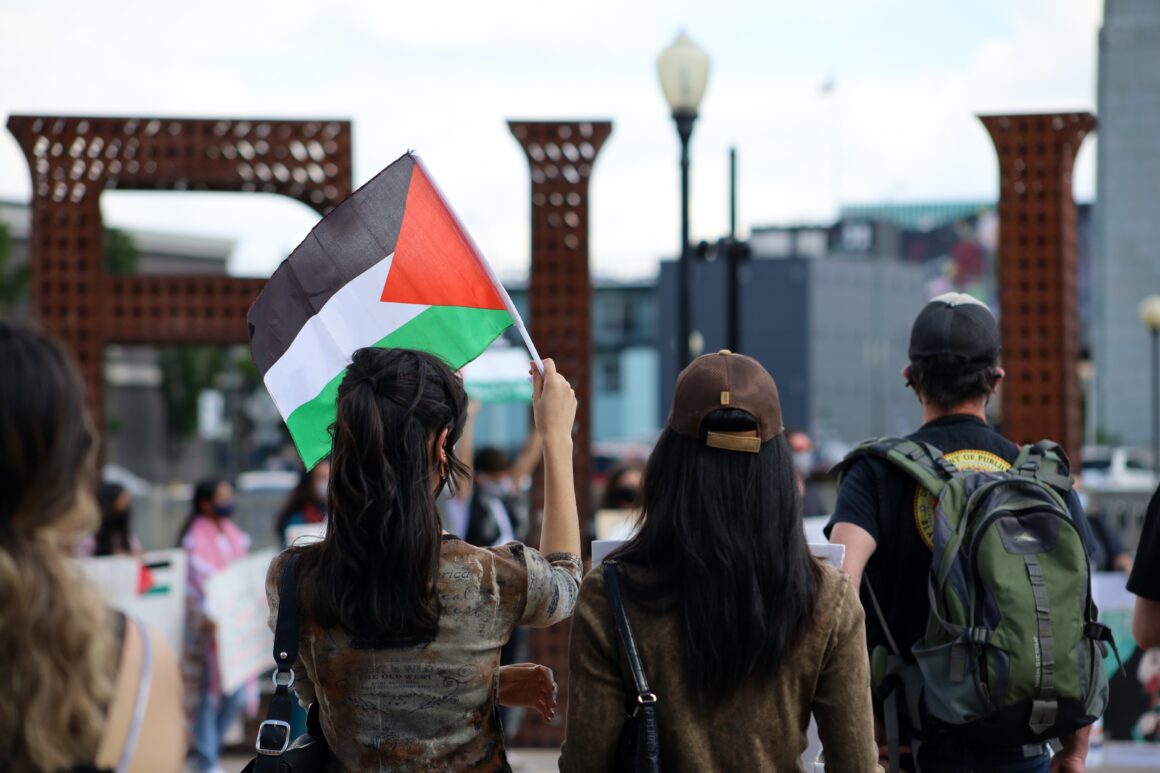In one of perhaps, the most hectic elections for the 45th President, a campaign promise run by Donald Trump, the current President, was to call for “a total and complete shutdown of Muslims entering the United States until our country’s representatives can figure out what the hell is going on.”
A controversial promise at that as well, was met with praise and jeers. Fast Forward to January 27th, 2017, an executive order was signed off on by Trump that would allow a pause on anyone traveling from Iran, Syria, Sudan, Iraq, Libya, Somalia, and Yemen. The order also called for a preference of Christian refugees and a halt on all existing visas and green cards. (On February 3rd, 2017, a federal judge in Seattle blocked the ban with a restraining order.) These previous seven countries from the first travel ban were flagged in the previous administration as well and covered due to being Muslim-majority countries.
Protests broke out all over the nation, engulfing airports in the chants of those who opposed the travel ban. The first ban was later suspended entirely, allowing those who were stranded at airports to hurry back home to family and friends. Although, this did not interrupt the Trump administration to create another executive order for a newly improved travel ban that was introduced on March 6th, 2017 and shall be implemented on March 16th, 2017. The new ban calls for a 90-day ban on all people traveling from six of the previous countries flagged in the previous ban. Iraqi government has decided to cooperate and promote visa screening and data sharing so they have been written off the list. The new executive order also allows any refugees that are approved by the State Department to be allowed into the U.S., green card holders to be unaffected, and no priority to be given to religious minorities.
The executive order has raised questions of whether it should be called a ‘Muslim Ban’ or not, which has been the epicenter of if either order (Including the idea that the newly enforced one is more lenient) is being done to properly protect law abiding Americans or is the antithesis of what America stands for.
To accurately put it into the best way it can be summed up for now: It is and is not a Muslim Ban. To the six current countries being put on the banned list, it is a ban to them. Yet, it is not due to the fact that the larger part of Muslims that live elsewhere. As data as current as 2010, there are 50 Muslim-majority countries, so it would not be appropriate to over simplify it to the point of calling it a Muslim ban.
Note that the order will not affect most Muslims, but that does not excuse it from the critique that it can be seen as targeting Muslims. It does not ensure any kind of nondiscrimination just because Trump has gone on the record of saying: “[The executive order] is not a Muslim ban, as the media is falsely reporting. This is not about religion-this is about terror and keeping our country safe.”
As a public, we cannot oversimplify the nature of politics by slapping a label such as a ‘Muslim Ban’ or completely redacting any idea that it might be one.
The ban applies to only six countries as of right now, and only make up 12% of Muslims that live worldwide. Although, it is worth recognizing that the six countries are Muslim-majority and is excluding threats from other nations such as Saudi Arabia and Egypt; where the 9/11 hijackers are from.
Trump has made claims after a terrorist attack in San Bernardino, California for seeking a legal means of a Muslim Ban and although the ban was instilled to protect Americans, no one in those six countries have committed a terrorist attack against anyone in the U.S.





Comments are closed.